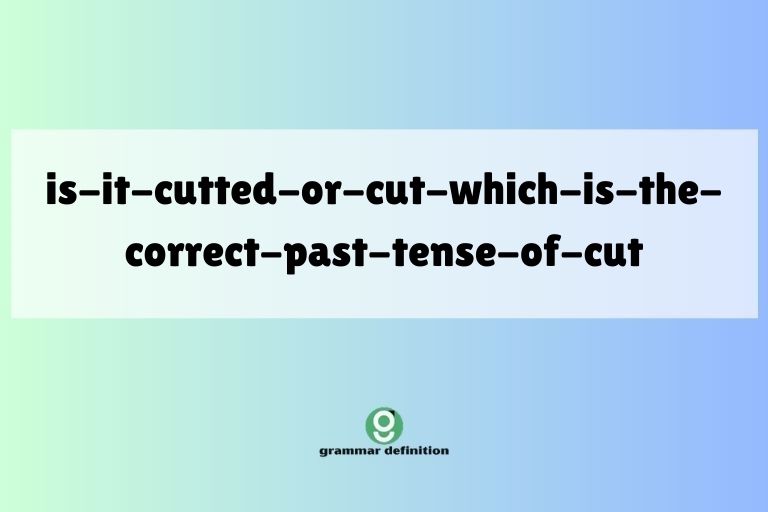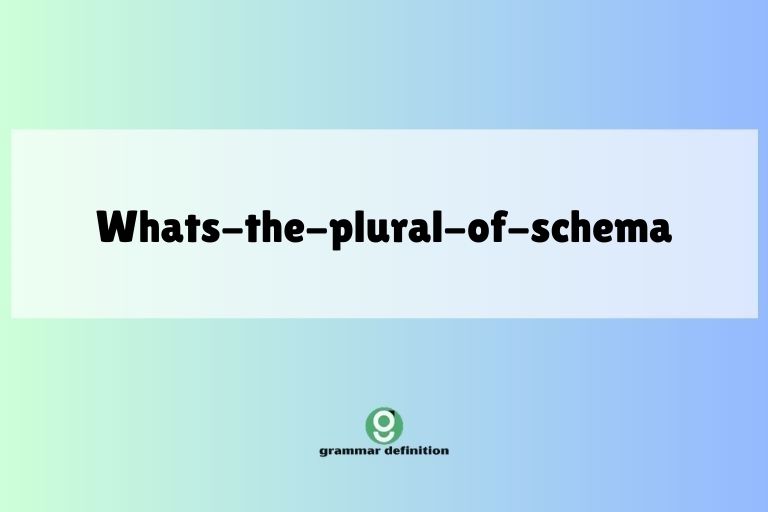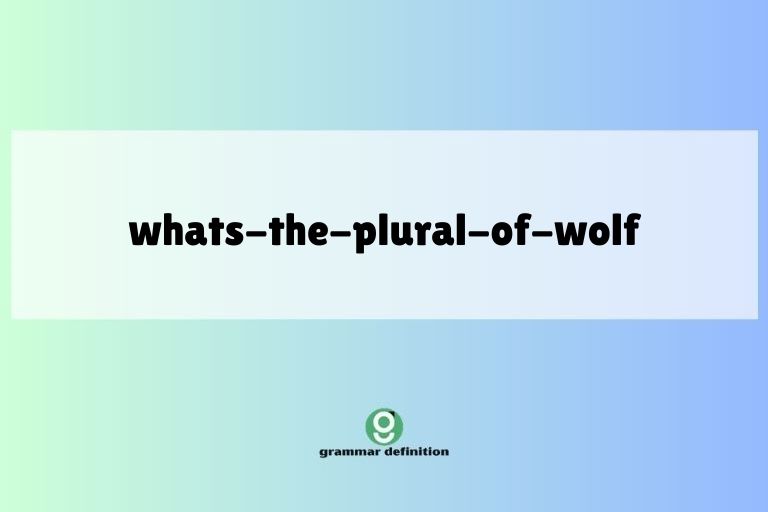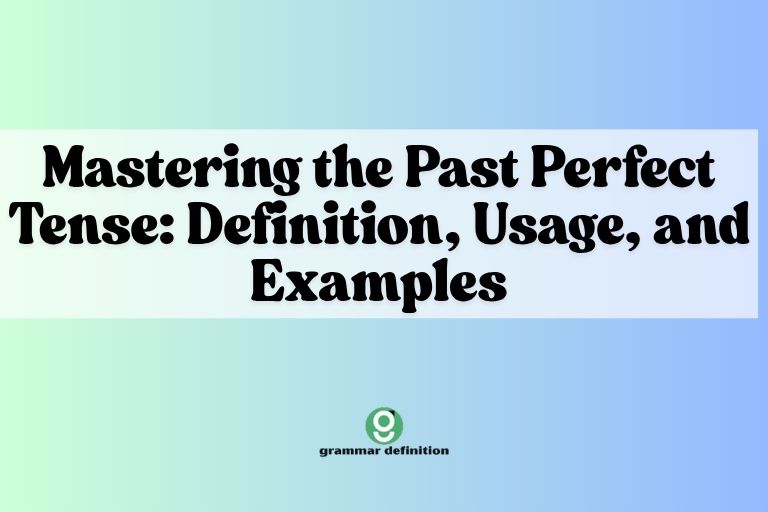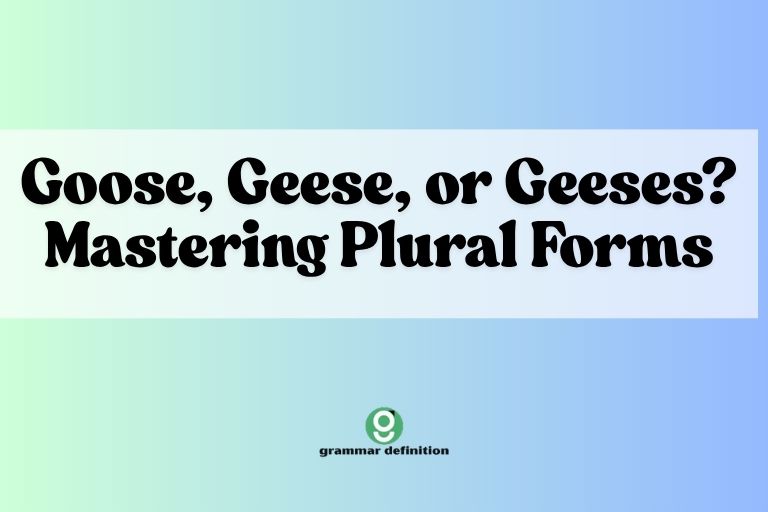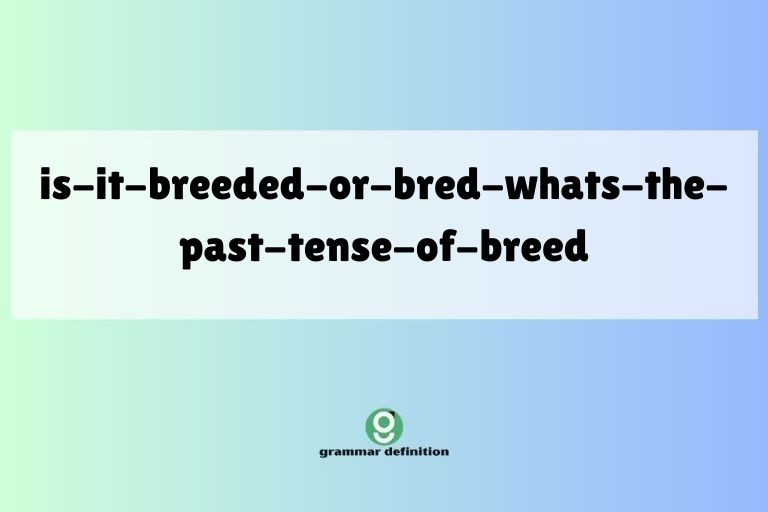“Read” in the Past: Mastering the Past Tense of Read
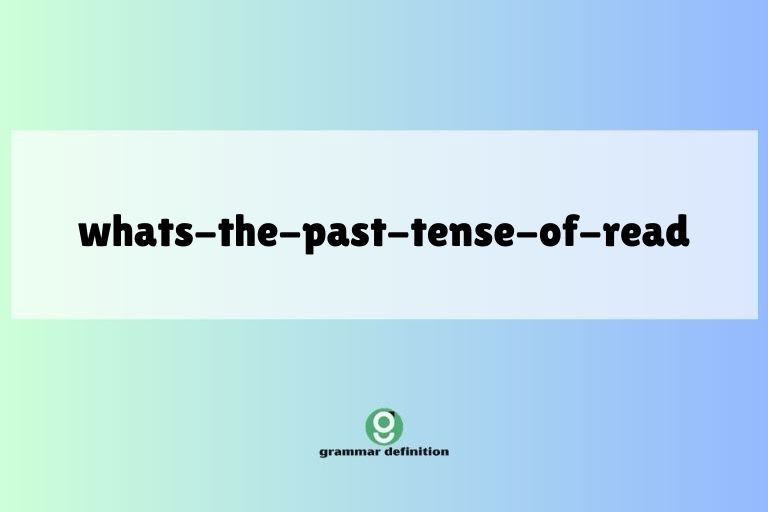
Understanding the past tense of irregular verbs like “read” is crucial for effective communication in English. While the spelling remains the same, the pronunciation changes, which can often lead to confusion.
This article provides a comprehensive guide that will help you master the past tense of “read,” covering everything from its definition and structure to usage rules and common mistakes. Whether you’re a beginner or an advanced learner, this guide will equip you with the knowledge and practice you need to use “read” correctly in the past tense.
This article will benefit ESL/EFL students, native English speakers looking to refine their grammar, writers, editors, and anyone who wants to improve their understanding of English verb tenses. By the end of this guide, you’ll be able to confidently use the past tense of “read” in your writing and speaking.
Table of Contents
- Definition of “Read” and Its Past Tense
- Structural Breakdown
- Types and Categories of Usage
- Examples of “Read” in Past Tense
- Usage Rules
- Common Mistakes
- Practice Exercises
- Advanced Topics
- FAQ
- Conclusion
Definition of “Read” and Its Past Tense
The verb “read” has two primary meanings: to look at and understand the meaning of written or printed matter, and to interpret or understand something in a particular way. It is an irregular verb, meaning its past tense and past participle forms do not follow the standard “-ed” ending.
In the present tense, “read” is pronounced with a short “e” sound, as in “red.” However, the past tense and past participle of “read” are spelled the same but pronounced with a short “e” sound, similar to the word “red.” This unique characteristic makes it a common source of confusion for English learners.
Classification: Irregular Verb
Function: To understand written material; to interpret.
Contexts: Used in various contexts, including literature, education, personal communication, and professional settings.
Structural Breakdown
The verb “read” has three forms:
- Base Form (Present Tense): read (/riːd/)
- Past Tense: read (/rɛd/)
- Past Participle: read (/rɛd/)
The key difference lies in the pronunciation. The present tense “read” rhymes with “seed,” while the past tense and past participle “read” rhyme with “bed.”
Here’s a simple table illustrating the forms:
| Form | Spelling | Pronunciation | Example Sentence |
|---|---|---|---|
| Base Form (Present) | read | /riːd/ | I read a book every night. |
| Past Tense | read | /rɛd/ | I read that book yesterday. |
| Past Participle | read | /rɛd/ | I have read that book before. |
Understanding the correct pronunciation is essential to avoid miscommunication. The context of the sentence usually clarifies whether “read” is in the present or past tense.
Types and Categories of Usage
The past tense of “read” can be categorized based on the context in which it is used. Here are a few common categories:
Narrative
Used to describe actions that happened in the past within a story or narrative.
Historical
Used to recount historical events or facts.
Personal Experience
Used to share personal experiences or anecdotes.
Academic
Used in academic writing to reference sources or past research.
Professional
Used in professional settings to report on past activities or projects.
Examples of “Read” in Past Tense
Here are examples of “read” in the past tense, categorized for clarity.
Narrative Examples
These examples show how “read” in the past tense is used to tell stories or relate events that happened in the past.
| Sentence | Context |
|---|---|
| She read the letter with a trembling hand. | Describing a character’s action in a story. |
| He read aloud to the children, captivating them with his voice. | Illustrating a scene in a children’s story. |
| We read about the dragon’s lair in the ancient scroll. | Referring to information found in a fictional text. |
| The detective read the clues carefully, trying to solve the mystery. | Describing actions of a detective in a crime novel. |
| I read the ending of the book and was completely surprised. | Sharing a personal reaction to a story’s conclusion. |
| The old woman read the fairy tale to her grandchildren. | Describing a comforting and nostalgic scene. |
| He read the inscription on the tombstone, feeling a chill. | Setting a dark and mysterious mood in a gothic tale. |
| She read the poem with such emotion that it moved the audience. | Describing a powerful performance. |
| We read the map and finally found our way out of the forest. | Detailing a moment of relief in an adventure story. |
| The journalist read the confidential documents. | Creating suspense in a political thriller. |
| The scientist read the data, searching for a breakthrough. | Describing the process of discovery in a scientific narrative. |
| The student read the textbook to prepare for the exam. | Illustrating a common academic activity. |
| She read the instructions before assembling the furniture. | Emphasizing the importance of following directions. |
| He read the contract carefully before signing it. | Highlighting the need for caution in legal situations. |
| The doctor read the patient’s chart. | Depicting a routine medical procedure. |
| The pilot read the checklist before takeoff. | Showing the importance of precision in aviation. |
| The chef read the recipe. | Describing the first step in cooking. |
| The musician read the sheet music. | Illustrating the preparation for a musical performance. |
| I read the news online. | Detailing a common way to stay informed. |
| She read the email from her boss. | Describing a typical workplace scenario. |
| He read the warning label. | Emphasizing the importance of safety. |
| The librarian read the book’s summary. | Illustrating a task performed by a librarian. |
| The child read the comic book. | Depicting a leisurely activity. |
| The tourist read the guidebook. | Illustrating a common travel activity. |
| The programmer read the code. | Describing a key aspect of software development. |
Historical Examples
These examples demonstrate the use of “read” in the past tense when discussing historical events or figures.
| Sentence | Context |
|---|---|
| Historians read ancient texts to understand past civilizations. | Describing a historian’s research process. |
| She read about the French Revolution in her history class. | Referring to a specific historical topic studied in school. |
| He read the diaries of soldiers from World War I. | Illustrating a way to gain personal insights into historical events. |
| The archaeologist read the inscriptions on the ancient tablets. | Describing the analysis of historical artifacts. |
| I read about the American Civil War in a documentary. | Sharing a way of learning about historical conflicts. |
| She read the biographies of great leaders. | Describing an activity that can provide inspiration. |
| He read the speeches of Martin Luther King Jr. | Referring to powerful historical orations. |
| The professor read the original manuscripts of Shakespeare. | Illustrating an academic pursuit. |
| We read about the Roman Empire in our world history course. | Referring to a common historical topic. |
| She read the accounts of early explorers. | Describing the study of historical expeditions. |
| He read the letters between John Adams and Thomas Jefferson. | Illustrating a way to understand the perspectives of historical figures. |
| The researcher read the census records from the 19th century. | Describing the analysis of demographic data. |
| She read about the Renaissance in her art history class. | Referring to a specific historical and cultural period. |
| He read the historical fiction novel set during the Tudor period. | Illustrating a blend of history and storytelling. |
| The museum curator read the notes accompanying the artifact. | Describing the process of preserving historical items. |
| She read about the scientific discoveries of Marie Curie. | Referring to notable achievements in science. |
| He read the treaties that ended World War II. | Illustrating the study of international agreements. |
| The student read the primary sources for her research paper. | Describing the process of academic research. |
| She read about the ancient civilizations of Mesopotamia. | Referring to a fascinating historical topic. |
| He read the autobiographies of famous inventors. | Illustrating a way to learn from innovative minds. |
| The historian read the records of the Salem witch trials. | Describing the study of controversial historical events. |
| She read about the impact of the Industrial Revolution. | Referring to a transformative period in history. |
| He read the travel journals of early settlers. | Illustrating a way to understand the experiences of pioneers. |
| The journalist read the declassified documents. | Describing the investigation of past events. |
| She read about the construction of the Great Wall of China. | Referring to an iconic historical structure. |
Personal Experience Examples
These examples showcase how “read” is used in the past tense to describe personal experiences or anecdotes.
| Sentence | Context |
|---|---|
| I read that book you recommended last month. | Referring to a past action based on a recommendation. |
| She read my diary without my permission. | Describing a breach of privacy. |
| He read the text message I sent him. | Referring to a specific communication. |
| We read each other’s minds. | Describing a close connection or understanding. |
| I read his expression and knew he was lying. | Referring to the interpretation of non-verbal cues. |
| She read the letter I wrote her years ago. | Describing a past act of writing and reading. |
| He read my palm at the carnival. | Referring to a fortune-telling experience. |
| We read the signs and decided to take a different route. | Describing a decision-making process based on displayed information. |
| I read the menu but couldn’t decide what to order. | Referring to the act of examining a menu. |
| She read the instructions on the medicine bottle carefully. | Describing a careful and cautious action. |
| He read the terms and conditions before agreeing to the service. | Referring to the act of reviewing a contract. |
| I read the email and immediately replied. | Describing a quick response to a message. |
| She read the rejection letter with disappointment. | Referring to a negative experience. |
| He read the acceptance letter with excitement. | Describing a joyful moment. |
| We read the reviews before booking the hotel. | Referring to a research process before making a decision. |
| I read the news about the earthquake. | Describing how one learned about a significant event. |
| She read the gossip magazine at the doctor’s office. | Referring to a casual activity. |
| He read the inspirational quote on the poster. | Describing a moment of motivation. |
| We read the safety warnings before entering the construction site. | Referring to a necessary precaution. |
| I read the ingredients list before buying the food. | Describing a health-conscious action. |
| She read the fortune cookie after finishing her meal. | Referring to a fun and whimsical tradition. |
| He read the label on the wine bottle. | Describing the process of selecting wine. |
| We read the program before the concert. | Referring to a preview of a performance. |
| I read the pamphlet about local attractions. | Describing the process of planning a trip. |
| She read the invitation to the party. | Referring to receiving and reviewing an event invite. |
Usage Rules
The primary rule is to use the correct pronunciation for the past tense and past participle. Remember that the spelling remains the same, but the pronunciation changes from /riːd/ to /rɛd/.
Rule 1: Use “read” (/rɛd/) to describe an action of reading that occurred in the past.
Example: I read the newspaper this morning.
Rule 2: Use “read” (/rɛd/) as the past participle in perfect tenses (e.g., present perfect, past perfect, future perfect).
Example: I have read that book many times.
Rule 3: Context is crucial. The surrounding words and the overall sentence structure will usually indicate whether “read” is in the present or past tense.
Example: I read every day (present) vs. I read yesterday (past).
Exceptions: There are no true exceptions to the rule, but it’s important to be aware of potential ambiguities and ensure clarity in your writing.
Common Mistakes
One of the most common mistakes is mispronouncing the past tense of “read.” Learners often pronounce it the same as the present tense, which can lead to confusion.
Another common mistake is using the present tense form when the past tense is required.
Here’s a table of common mistakes and corrections:
| Incorrect | Correct | Explanation |
|---|---|---|
| I read the book yesterday (pronounced /riːd/). | I read the book yesterday (pronounced /rɛd/). | Incorrect pronunciation of the past tense. |
| I read the book last week, and it is very interesting. | I read the book last week, and it was very interesting. | Using present tense “is” instead of past tense “was” to describe the book’s quality. |
| She read the message when I saw her. | She had read the message when I saw her. | Using simple past tense instead of past perfect to indicate a prior action. |
| He read the paper every day. Yesterday, he also read it. | He reads the paper every day. Yesterday, he read it. | Mixing present tense “read” with past tense “read.” |
| I have read the book, so I know what happen. | I have read the book, so I know what happens. | Incorrect verb form after “know.” Should be present tense. |
| She read the instructions before, but she still made a mistake. | She had read the instructions before, but she still made a mistake. | Using simple past instead of past perfect to show that reading happened before making a mistake. |
| He said he read the entire series. | He said he had read the entire series. | Using simple past instead of past perfect after “said” to show the action happened before. |
| I read the letter and then I am calling her. | I read the letter and then I called her. | Mixing past tense with present continuous tense. |
| She read the directions, but she doesn’t understand. | She read the directions, but she didn’t understand. | Mixing past tense with present tense. |
| He read the report, but he don’t agree with it. | He read the report, but he didn’t agree with it. | Mixing past tense with present tense. |
Practice Exercises
Complete the following sentences using the correct past tense form of “read.”
Exercise 1: Fill in the Blanks
| Question | Answer |
|---|---|
| Yesterday, I ______ an interesting article about climate change. | read |
| She ______ the entire Harry Potter series last summer. | read |
| He ______ the instructions carefully before assembling the furniture. | read |
| We ______ about the history of Rome in class today. | read |
| They ______ the contract before signing it. | read |
| I ______ the news online this morning. | read |
| She ______ my mind and knew what I was thinking. | read |
| He ______ the letter with a smile on his face. | read |
| We ______ the map and found our way to the destination. | read |
| They ______ the reviews before booking the hotel. | read |
Exercise 2: Correct the Mistakes
Identify and correct the mistakes in the following sentences.
| Question | Answer |
|---|---|
| I read (pronounced /riːd/) the book yesterday. | I read (pronounced /rɛd/) the book yesterday. |
| She read the directions, but she don’t understand them. | She read the directions, but she didn’t understand them. |
| He said he read the book last year. | He said he had read the book last year. |
| I read the email and then I am calling him. | I read the email and then I called him. |
| We read the menu, but we doesn’t know what to order. | We read the menu, but we didn’t know what to order. |
| I have read the report, so I know what happen. | I have read the report, so I know what happens. |
| She read the message when I see her. | She had read the message when I saw her. |
| He read the paper every day. Yesterday, he also read (pronounced /riːd/) it. | He reads the paper every day. Yesterday, he also read (pronounced /rɛd/) it. |
| I read the book last week, and it is very interesting. | I read the book last week, and it was very interesting. |
| She read the instructions before, but she still make a mistake. | She had read the instructions before, but she still made a mistake. |
Exercise 3: Sentence Completion
Complete the following sentences using the correct form of “read” (present or past tense).
| Question | Answer |
|---|---|
| I usually ______ a book before bed, but tonight I’m too tired. | read |
| Last night, I ______ a fascinating article about neuroscience. | read |
| She ______ the newspaper every Sunday morning. | reads |
| Yesterday, she ______ all the emails in her inbox. | read |
| He ______ the contract carefully before signing it. | read |
| He always ______ the fine print before agreeing to anything. | reads |
| We ______ the reviews before deciding to watch the movie. | read |
| We often ______ aloud to each other in the evenings. | read |
| They ______ the report and found several errors. | read |
| They always ______ the instructions before starting a project. | read |
Advanced Topics
For advanced learners, consider exploring the nuances of using “read” in more complex sentence structures and idiomatic expressions.
- Past Perfect Tense: Understanding how to use “read” in the past perfect tense to indicate an action completed before another action in the past. (e.g., “I had read the book before I saw the movie.”)
- Passive Voice: Using “read” in the passive voice to shift the focus of the sentence. (e.g., “The book was read by millions of people.”)
- Idiomatic Expressions: Exploring idiomatic expressions that include “read,” such as “read between the lines” or “read someone like a book.”
FAQ
Here are some frequently asked questions about the past tense of “read.”
- Q: Why is the past tense of “read” spelled the same as the present tense?
A: “Read” is an irregular verb, and its past tense form has evolved over time to maintain the same spelling but with a different pronunciation.
- Q: How do I know if “read” is in the present or past tense?
A: Context is key. Look for clues in the sentence, such as time expressions (e.g., “yesterday,” “last week”) or auxiliary verbs (e.g., “have,” “had”). Also, pay attention to the pronunciation; /riːd/ indicates present tense, while /rɛd/ indicates past tense.
- Q: Is it ever acceptable to pronounce the past tense of “read” like the present tense?
A: No, it is not acceptable in standard English. Correct pronunciation is crucial for clear communication.
- Q: Can “read” be used in the continuous tenses?
A: Yes, “read” can be used in continuous tenses, such as “I am reading” (present continuous) or “I was reading” (past continuous). These tenses describe an ongoing action.
- Q: What is the past participle of “read,” and how is it used?
A: The past participle of “read” is also “read” (pronounced /rɛd/). It is used in perfect tenses, such as “I have read,” “I had read,” and “I will have read.”
- Q: How can I improve my pronunciation of the past tense of “read”?
A: Practice listening to native speakers and repeating the word “read” in various sentences. Use online pronunciation tools and focus on the short “e” sound, similar to the word “red.”
- Q: Are there any regional variations in the pronunciation of “read”?
A: While standard English dictates a clear distinction between the present and past tense pronunciations, some regional accents might blur the lines slightly. However, for clarity and effective communication, it’s best to adhere to the standard pronunciations.
- Q: What are some common collocations with the verb “read”?
A: Common collocations include “read a book,” “read a newspaper,” “read an email,” “read aloud,” “read carefully,” and “read between the lines.” These collocations can help you use “read” more naturally and effectively.
Conclusion
Mastering the past tense of “read” is essential for accurate and effective communication in English. While the spelling remains consistent, the change in pronunciation from /riːd/ to /rɛd/ is crucial.
By understanding the structural breakdown, usage rules, and common mistakes, you can confidently use “read” in the past tense.
Remember to practice pronunciation and pay attention to the context of the sentence. The examples and exercises provided in this guide will help you reinforce your understanding and improve your fluency.
Continue to practice and immerse yourself in the language, and you’ll soon master this tricky verb.
Keep practicing, and don’t be afraid to make mistakes—they are a natural part of the learning process. With consistent effort, you’ll become more confident and proficient in using the past tense of “read” and other irregular verbs.

